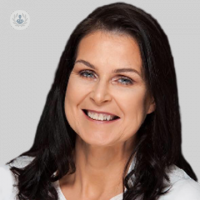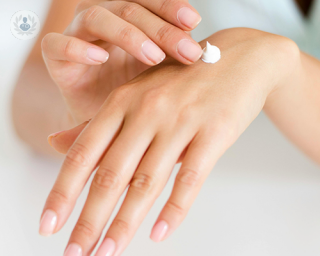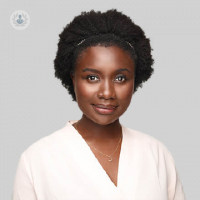Photorejuvenation
Dr Pamela McHenry - Dermatology
Created on: 10-29-2015
Updated on: 04-03-2023
Edited by: Jay Staniland
What is photorejuvenation?
Photorejuvenation is a cosmetic treatment that uses lasers, intense pulsed light (IPL), or photodynamic therapy to improve the appearance of the skin. It can reduce redness of skin, blotchiness and sun damage to give an even, more radiant complexion.
It helps reduce and treat common skin problems such as brown spots, melasma, hyperpigmentation, liver spots, and rosacea.
Photorejuvenation is a modern dermatological technique that lasts only about an hour. It causes minimal discomfort and delivers excellent results.

The procedure has many benefits because it:
- Reduces hyperpigmentation and skin redness, creating an even complexion.
- Makes the skin appear more youthful and radiant.
- Helps eliminate or reduce wrinkles and fine lines by stimulating the production of elastin and collagen.
- Assists in the healing of acne breakouts.
- Eliminates acne-causing bacteria to minimise the occurrences of breakouts.
- Increases blood circulation in the target area while reducing inflammation.
- Helps speed up the healing process after invasive cosmetic procedures such as chemical peels.
Photorejuvenation is recommended for those with various skin problems such as:
- Acne
- Birthmarks
- Broken blood vessels
- Brown spots called liver spots or age spots
- Dark spots from hormonal changes
- Discoloured skin
- Fine wrinkles
- Freckles
- Hyperpigmentation
- Liver spots
- Melasma
- Rosacea
- Scars
- Spider veins
- Unwanted hair
How is the procedure performed?
Before having the first treatment, patients are advised to
- Discontinue the use of retinoids, minocycline or tetracycline a few days before treatments.
- Avoid taking doses of ibuprofen or aspirin a week before treatment.
- Photorejuvenation is done through a machine that subjects the skin to pulsed light.
On the day of the procedure, protective eyewear is placed on top of the eyes to protect them from the flashes of bright lights. A cool lubricant is applied to the area being treated as well as the handpiece.
The specialist then applies brief light pulses through the handpiece.
It is crucial to avoid unnecessary sun exposure after the procedure to see maximum benefits.
How long does treatment take?
Photofacial treatments may include up to 6 treatments scheduled each about one month apart from each other. Although noticeable effects can be seen after the first session, full benefits can be experienced with multiple treatments. The speed at which photorejuvenation takes effect depends largely on individual response and the severity of the skin condition being treated.
Light therapy through photo rejuvenation has also shown to have benefits on the skin such as encouraging the skin’s natural process of cell regeneration. It simulates minor injuries to the skin which prompts the skin to renew itself and improves its texture.
You shouldn’t get IPL if you:
- Have a skin condition.
- Take medication for other conditions.
- Are pregnant.
- Are sensitive to light.
- Have recently tanned your skin using sunlight, tanning beds or tanning creams.
- You use a retinoid cream.
- Have very dark skin.
Possible complications and risks of photorejuvenation
Although photo rejuvenation is a highly safe procedure there are some risks and complications of
- bleeding
- scarring
- blistering
- hyperpigmentation or darkening of the skin.
To minimise risk, patients must be clear about their existing medical conditions, habits, and history. Skin cancer, pregnancy, susceptibility to keloid formation (raised scarring) and open lesions all factors which need to be addressed before carrying out a photo rejuvenation procedure.





